Monthly Archives: November 2024
SOURCE: IDRW.ORG

The Indian Navy, through the iDEX DISC 12 Challenge, is seeking private sector companies to participate in the design and development of a cutting-edge Underwater Smart Communication Buoy for passive surveillance and data transmission in open sea environments. This innovative initiative aligns with the broader goals of enhancing indigenous defence capabilities under the Atmanirbhar Bharat program, aiming to reduce reliance on foreign technology and promote domestic solutions for critical defence systems.
The Underwater Smart Communication Buoy is being designed for passive underwater surveillance at depths of up to 200 meters. It will surface at regular intervals to transmit critical acoustic data to a base station through satellite communication. The buoy is intended to operate autonomously, collecting and analyzing data while remaining in the open seas for up to 90 days without human intervention.
Continue readingSOURCE: RAUNAK KUNDE / NEWS BEAT / IDRW.ORG

German Chancellor Olaf Scholz is steering a renewed campaign for India to procure Eurofighter Typhoon jets for the Indian Air Force (IAF) under its Multi-Role Fighter Aircraft (MRFA) tender for 114 jets. The move comes after the Eurofighter Typhoon lost out to the Dassault Rafale in India’s previous Medium Multi-Role Combat Aircraft (MMRCA) competition, where the Typhoon was declared L2 (second lowest bidder) and the Rafale emerged as the L1 (lowest bidder).
The Eurofighter Typhoon, built by a consortium consisting of Airbus, BAE Systems, and Leonardo, is a multi-role fighter jet involving four key European nations—Germany, the UK, Italy, and Spain. Although the UK is currently leading discussions with potential buyers, any sale of the Eurofighter requires approval from all four consortium nations, each of which has the power to veto the transaction. Chancellor Scholz has reportedly emphasized to Eurofighter consortium officials the importance of aggressively pursuing the MRFA tender to secure a deal with India.
Continue readingSOURCE: RAUNAK KUNDE / NEWS BEAT / IDRW.ORG
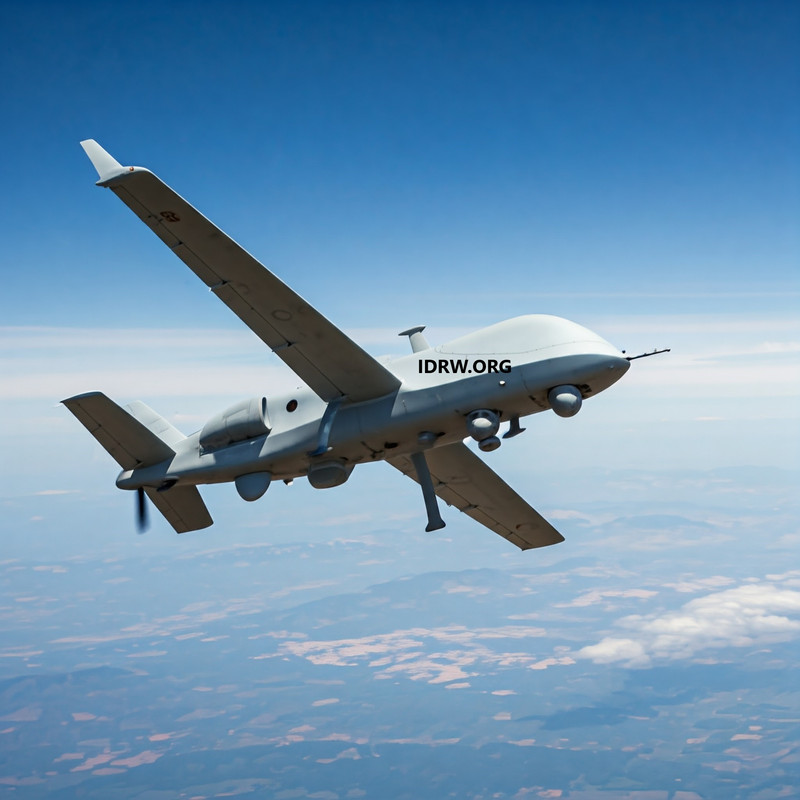
Israeli defence firm Elbit Systems has proposed a joint development initiative with India to create a new Medium Altitude Long Endurance (MALE) or High Altitude Long Endurance (HALE) Unmanned Aerial Vehicle (UAV) for the Indian Armed Forces. This offer comes at a critical time, as India’s indigenous UAV programs face delays and challenges.
The proposal follows an agreement between General Atomics and India, under which the U.S. firm will serve as a consultant for the Defence Research and Development Organisation’s (DRDO) Aeronautical Development Establishment (ADE) in its HALE UAV program.
Continue readingSOURCE: RAUNAK KUNDE / NEWS BEAT / IDRW.ORG
3FVT.jpg)
The Supersonic Missile-Assisted Release of Torpedo (SMART) system, developed by the Defence Research and Development Organisation (DRDO), has drawn significant interest from South-Asian and East Asian nations, according to a DRDO official who spoke to idrw.org. As DRDO moves closer to concluding development trials of this hybrid missile system, it is seen as a promising solution for nations seeking effective anti-submarine warfare (ASW) capabilities without the need to heavily invest in expensive submarines or warships.
The SMART system has been designed as a canister-based missile that combines supersonic speed with a lightweight torpedo payload. The missile consists of advanced technologies, including two-stage solid propulsion and precision inertial navigation. Once fired, the missile travels at supersonic speeds and, upon nearing the target area, releases a torpedo via a parachute-based mechanism. This hybrid approach enables fast and precise delivery of the torpedo, making it highly effective in neutralizing underwater threats.
Continue readingSOURCE: IDRW.ORG.
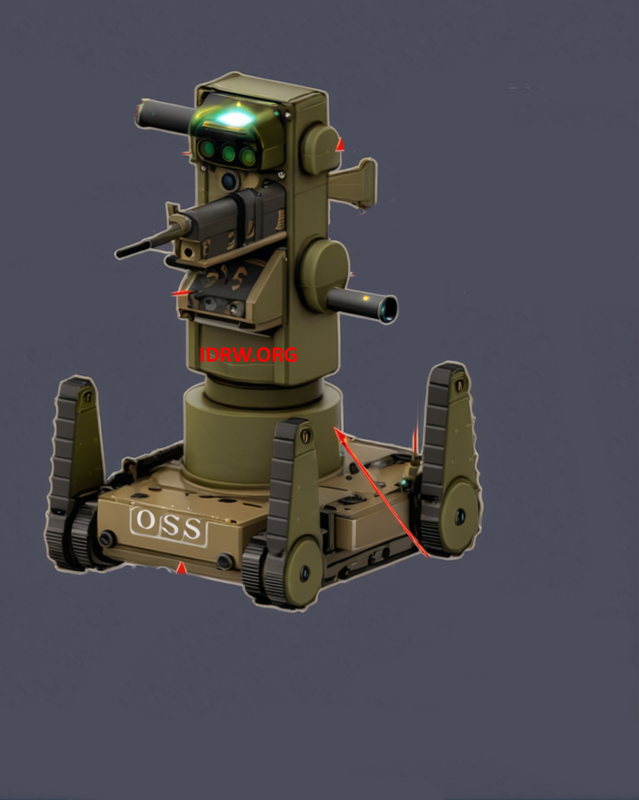
The Defence Research and Development Organisation (DRDO) is currently working on the development of an advanced system known as the Electro-Optical Soldier System (EOSS). This innovative project is designed to enhance battlefield awareness, providing a comprehensive suite of tools for reconnaissance, surveillance, and combat engagement. The system aims to improve the effectiveness of ground soldiers by enabling remote control and real-time intelligence gathering, which can be crucial in high-risk combat zones.
The EOSS consists of four mobile platforms that are interconnected through a secure wireless networking scheme. These platforms can be operated remotely from a distant control station, offering flexibility and safety for soldiers in challenging environments.
Continue readingSOURCE: IDRW.ORG
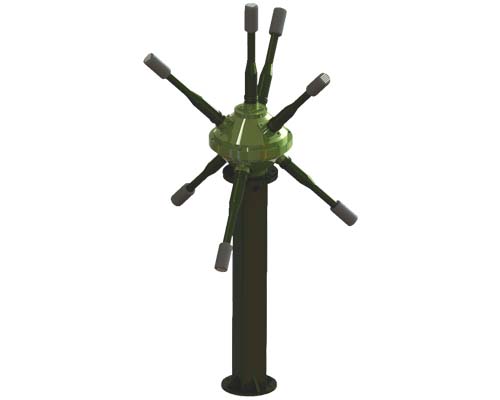
Indian robotics and AI company Gridbots has introduced the Gridbots BAT, an advanced gunshot direction-finding system designed to accurately detect and pinpoint the source of gunfire. This state-of-the-art system offers an exceptional accuracy of ± 5 degrees in both elevation and azimuth, as well as a distance precision of ± 4% FS, making it a crucial tool for security forces, military units, and law enforcement agencies.
BAT stands out for its unique ability to not only detect gunshots but also differentiate between various gunfire types. This selectivity allows operators to focus on specific frequencies or gunshots, filtering out irrelevant noises in complex environments.
Continue readingSOURCE: RAUNAK KUNDE / NEWS BEAT / IDRW.ORG
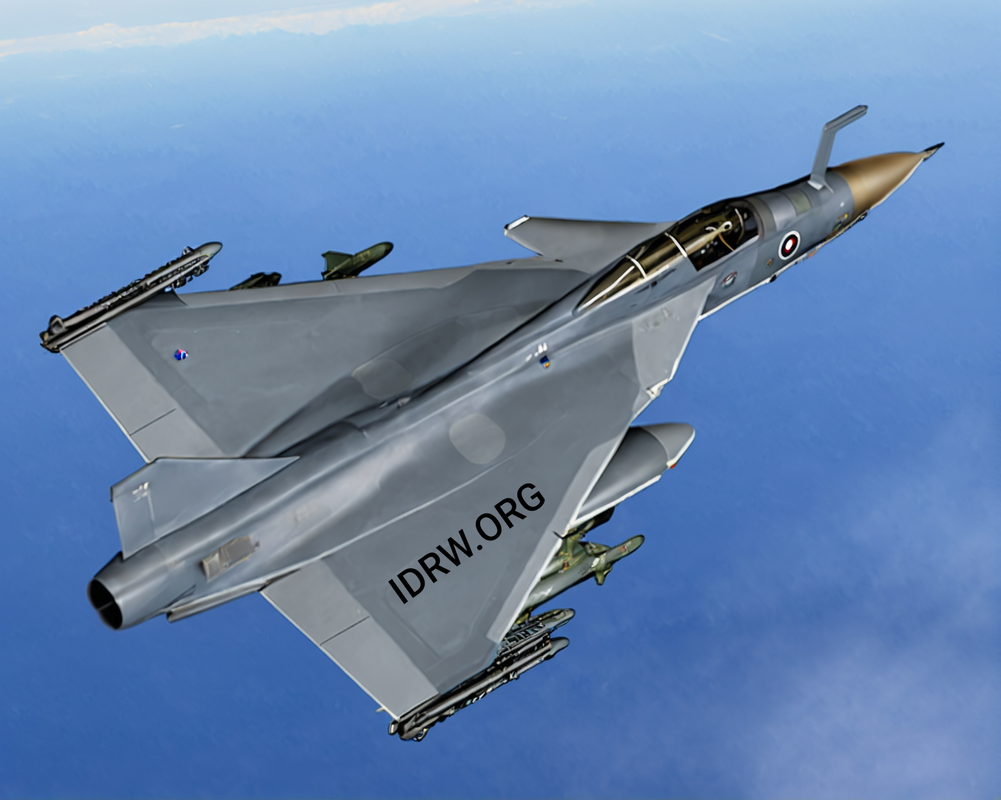
India’s Aeronautical Development Agency (ADA) is working diligently to ensure that the upcoming Tejas MkII fighter jet will closely match the capabilities of the highly regarded Dassault Rafale in several key areas. Sources close to the program, speaking to idrw.org on the condition of anonymity, revealed that the Rafale serves as a benchmark for engineers and designers involved in the Tejas MkII project.
The goal is to produce a fighter aircraft that can not only exceed the performance of the Mirage-2000 but also approach the advanced capabilities of the Rafale—a fighter that is considered one of the most formidable in service with the Indian Air Force (IAF).
Continue readingSOURCE: RAUNAK KUNDE / NEWS BEAT / IDRW.ORG
German shipbuilder ThyssenKrupp Marine Systems (TKMS) has informed the Indian Navy that its lithium-ion battery technology, developed in-house since 2015, will be installed and validated by around 2028. This battery system is being offered as part of the proposal for India’s Project-75I (P-75I), a submarine procurement program aimed at bolstering the Navy’s underwater capabilities. The lithium-ion battery technology is set to be integrated into TKMS’s T-214NG (Next-Generation) submarine design, which the company has pitched to India.
TKMS has been at the forefront of developing next-generation submarine batteries, starting research in 2015 and achieving the first major breakthrough in 2019, when the company conducted its initial tests. , TKMS plans to install the battery on the German Navy’s U-212A submarine, which will serve as a testbed.
Continue readingSOURCE: RAUNAK KUNDE / NEWS BEAT / IDRW.ORG
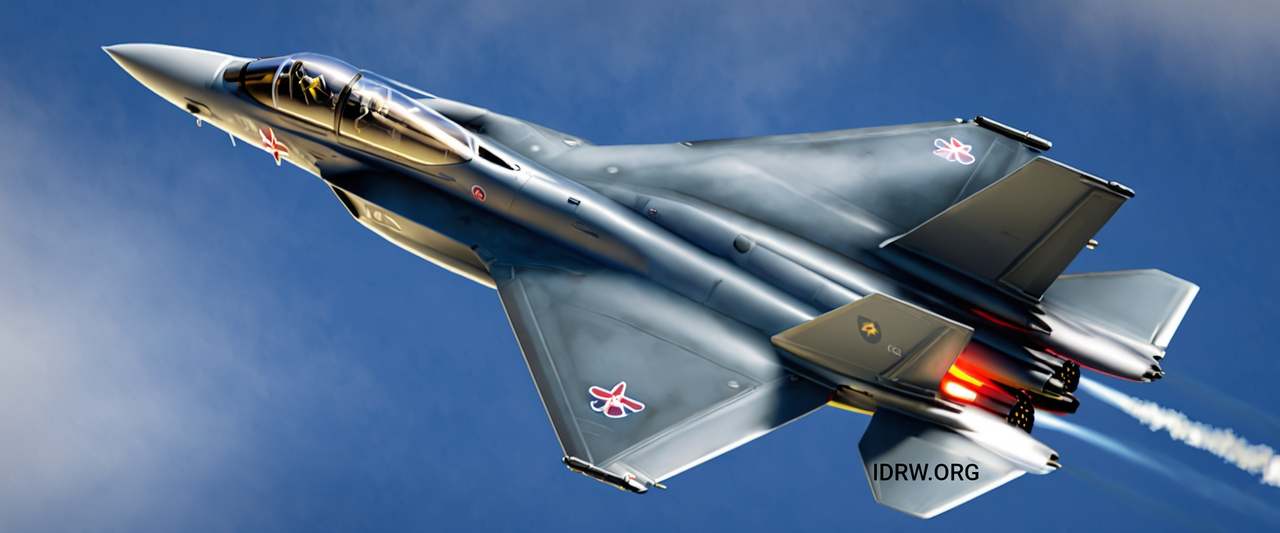
The Advanced Medium Combat Aircraft (AMCA) project, India’s ambitious attempt to develop an indigenous fifth-generation stealth fighter jet, is currently estimated to require an initial budget of ?15,000 crore ($1.8 billion). Spearheaded by the Aeronautical Development Agency (ADA) in collaboration with Hindustan Aeronautics Limited (HAL) and other key industry partners, this program is critical to the Indian Air Force (IAF) for future air combat capabilities.
However, high-ranking official sources close to idrw.org believe that the initial allocation will likely be insufficient for the full development and production of the aircraft, especially considering the technological and infrastructure challenges.
Continue readingSOURCE: IDRW.ORG.

India’s ambitious plan to establish a comprehensive multi-tiered air defense system has taken a significant step forward with the Defense Research and Development Organization (DRDO) commencing the fabrication of M1, M2, and M3 interceptors. These interceptors form the core of Project Khusha, an indigenous air defense program that aims to create a layered shield capable of protecting the country from a wide array of airborne threats, including hypersonic missiles.
According to sources, DRDO has placed an order for the fabrication of 12 units of the three interceptor variants, marking a critical milestone in the development of the defense system. The goal is to deploy the long-range surface-to-air missile (LR-SAM) system under Project Khusha by 2028-2029, with a maximum interception range of 350 km.
Continue readingSOURCE: IDRW.ORG.

HFCL Limited, a leading Indian technology company, has achieved a significant milestone by indigenously developing electronic fuzes for artillery shells. The company has successfully created electronic fuzes for 130mm and 155mm artillery shells, enhancing the precision and effectiveness of India’s artillery arsenal.
The electronic fuzes developed by HFCL are equipped with two operating modes: Point Detonation Super Quick (PDSQ) and Point Detonation delay. These modes allow for precise control over the detonation of the artillery shell, ensuring accurate targeting and minimizing collateral damage. The fuze function can be programmed between the two modes using a simple switch located on the side of the fuze.
Continue readingSOURCE: RAUNAK KUNDE / NEWS BEAT / IDRW.ORG

India’s growing focus on enhancing its ground forces’ mobility and protection has led to offers from both the United States and Russia for advanced wheeled armoured platforms. Following the U.S.’s proposal to locally produce the Stryker Armoured Personnel Carrier (APC), Russia has countered with its Boomerang Wheeled Armoured Personnel Carrier (APC) and Wheeled Infantry Fighting Vehicle (IFV), based on the Boomerang unified combat platform.
This comes as India explores options to equip its motorized infantry, special forces, and marine units with 198 modern, high-performance APCs that can enhance their operational capabilities in diverse terrains.
Continue readingSOURCE: RAUNAK KUNDE / NEWS BEAT / IDRW.ORG
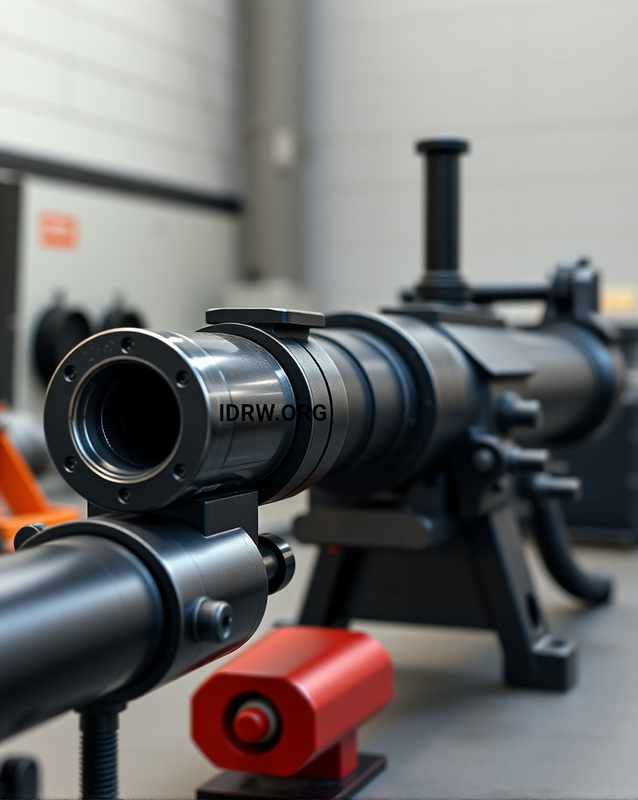
The Armament Research and Development Establishment (ARDE), a lab under the Defence Research and Development Organisation (DRDO), has embarked on developing a new 105mm high-pressure (HP) barrel that will be a key feature of the Zorawar Light Tank. According to sources familiar with the project, the design phase of the 105mm gun has been completed, and an industrial partner has been selected to commence the fabrication process.
The development of the 105mm HP gun comes as part of India’s broader initiative to reduce its dependence on foreign military technology by creating indigenous alternatives. The ARDE-designed 105mm gun is intended to replace the current Cockerill 105mm HP gun (a NATO-standard system) that is currently fitted on the Zorawar Light Tank prototypes.
Continue readingSOURCE: RAUNAK KUNDE / NEWS BEAT / IDRW.ORG

The Combat Vehicles Research and Development Establishment (CVRDE), in collaboration with Ashok Leyland, has developed a new 600 horsepower (hp) engine, which will soon be tested on the WhAP 8×8 (Wheeled Armoured Platform). The engine, which has undergone extensive and rigorous testing in a controlled lab environment, is now ready to be evaluated in real-world conditions onboard the WhAP 8×8 platform. This marks a significant milestone in the development of Indigenous defence technologies for India’s military vehicle programs.
The WhAP 8×8 is a versatile, amphibious Wheeled Armoured Vehicle jointly developed by the Defence Research and Development Organisation (DRDO) and Tata Motors. Designed to meet the mobility, firepower, and protection needs of the Indian Army, the platform can perform in diverse operational environments, including deserts, mountains, and riverine regions.
Continue reading